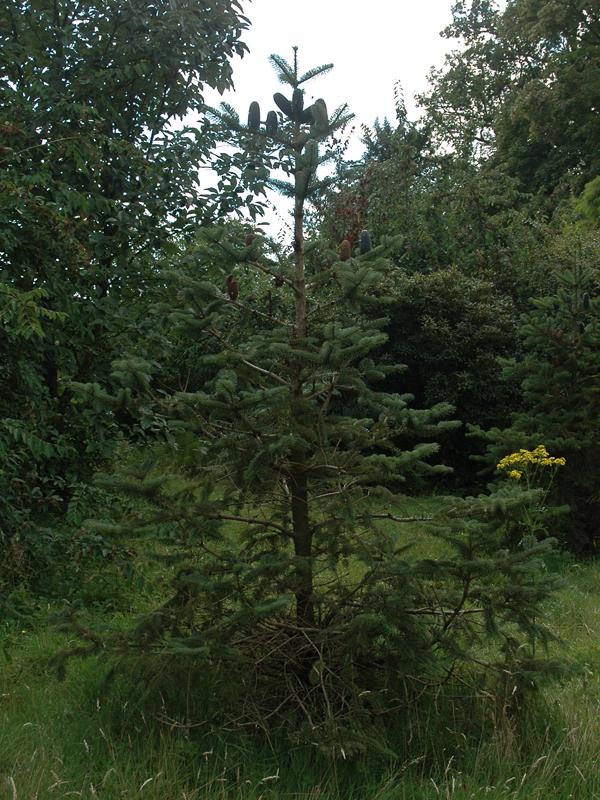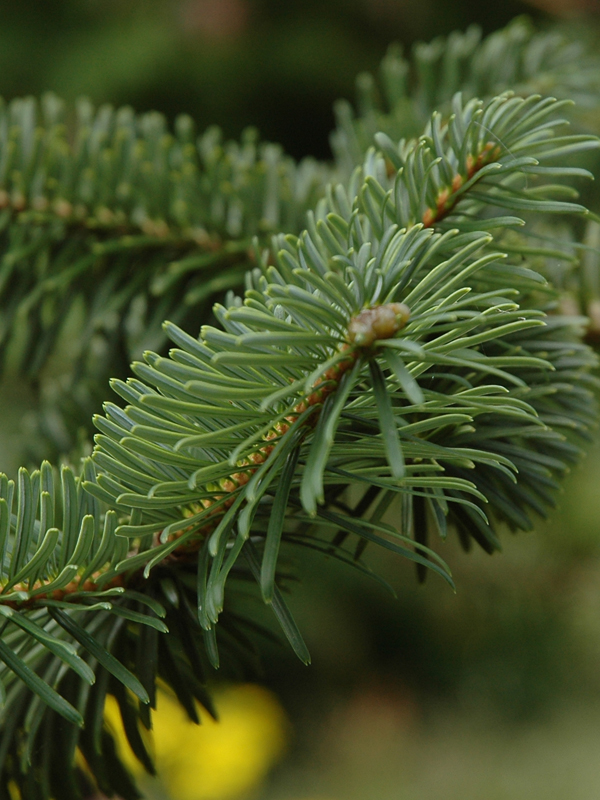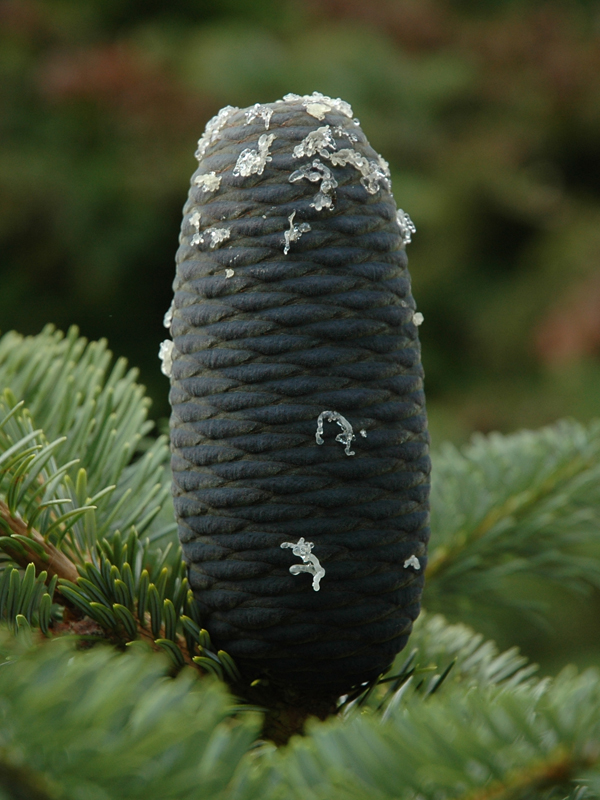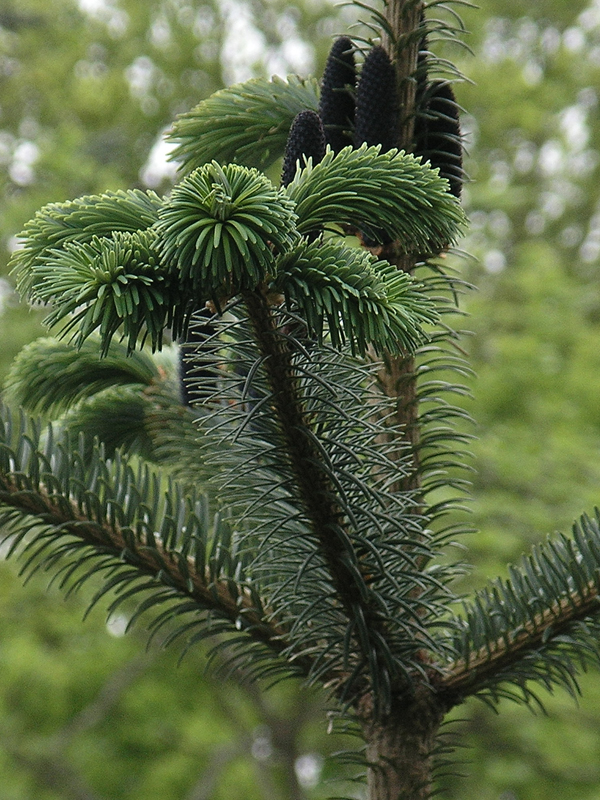| General Description | Large tree with rigid bark and unique black cones. |
| ID Characteristic | Rugged, greyish-black bark. |
| Shape | Slightly rounded, pyramidal. |
| Propagation | Seed stratification is beneficial, germination takes 6 - 8 weeks. |
| Cultivation | A high altitude plant that prefers moist but not saturated soils, it is not pollution tolerant. |
| Pests | Pine caterpillar, causing defoliation of the tree and is a problematic pest in forestry plantations. |
| Habitat | Mt. Everest region of China and Nepal, into Afghanistan. |
| Bark/Stem Description | Rough and scaly, a lighter brown in its youth darkening to a blackish grey as it matures. |
| Flower/Leaf Bud Description | Small blunt brown buds, 2 - 3 cm. |
| Leaf Description | 3 - 7 cm long with a lighter underside. |
| Flower Description | Small, brown, clusters of three, 2 - 6 cm. |
| Fruit Description | Held in an upright position on the tops of branches, young fruit a purplish colour and approximately 10 - 20 cm in length. |
| Colour Description | Dark green leaves, blackish grey bark and black cones. |



